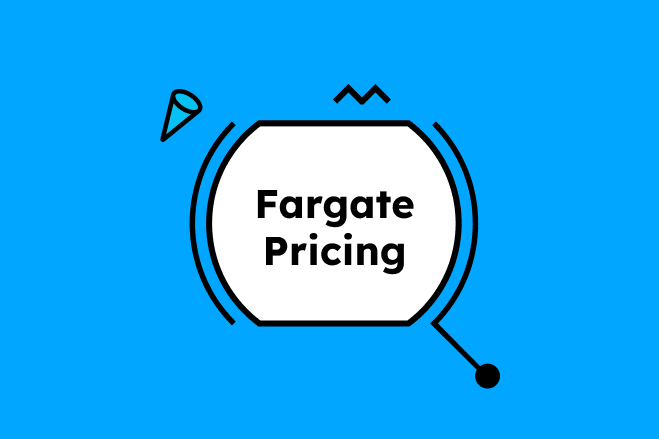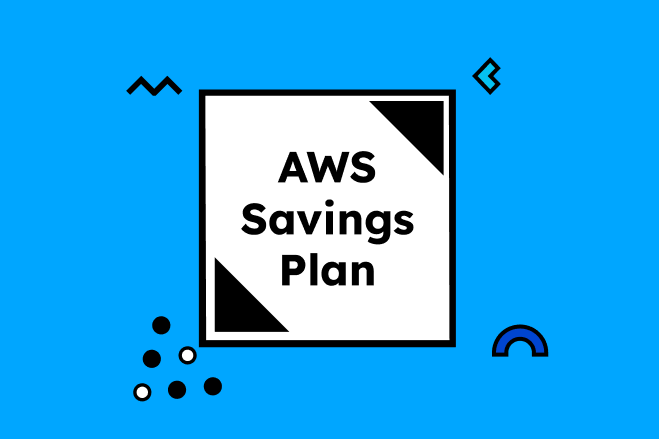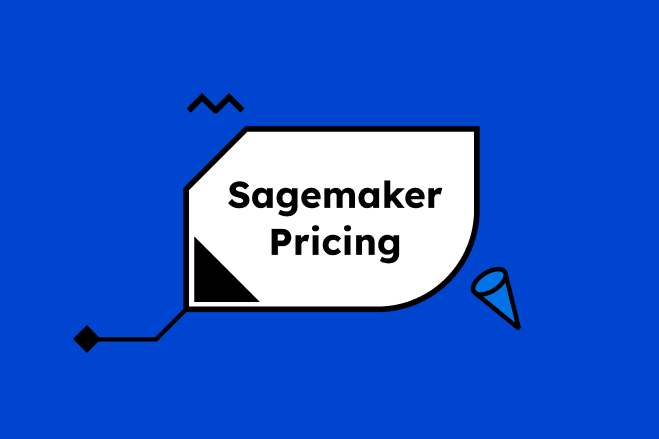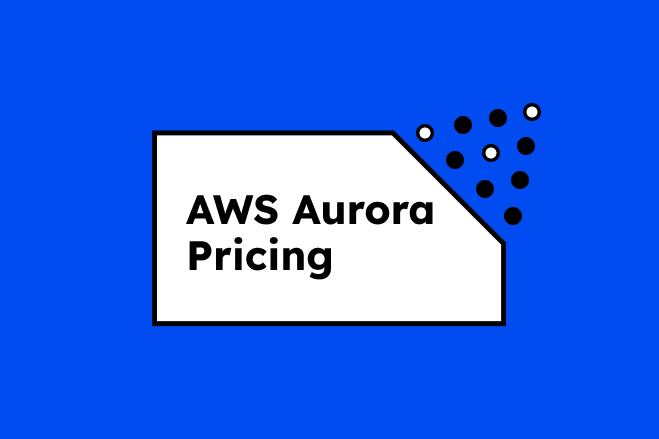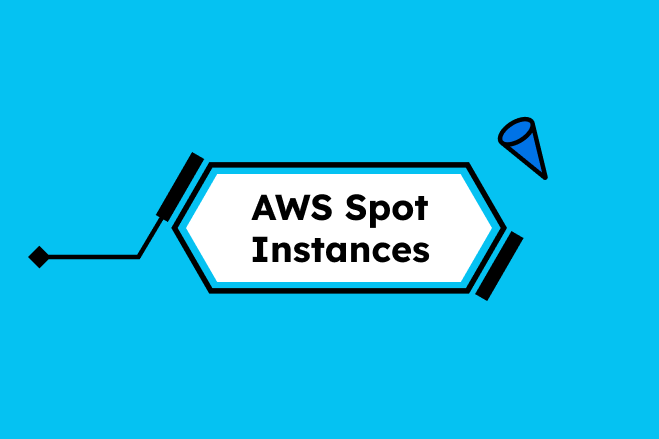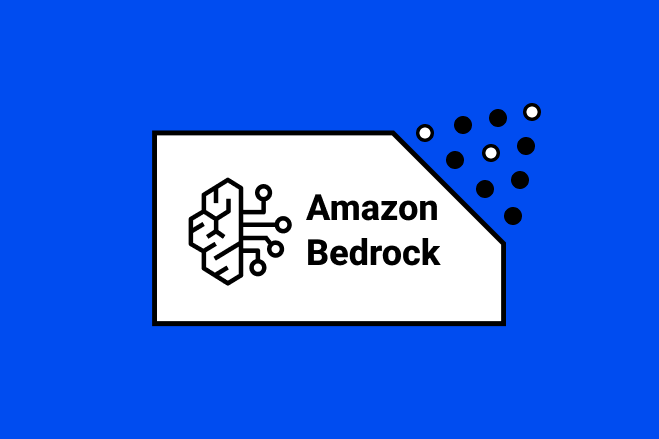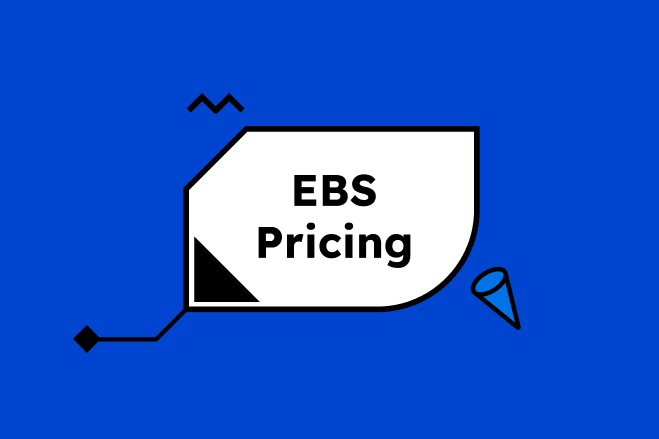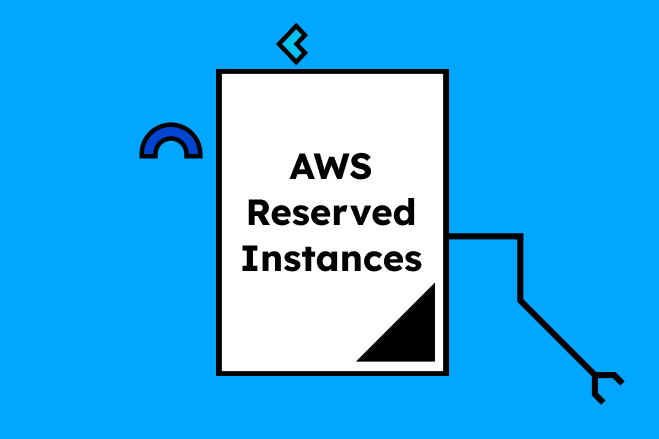Table of Contents

The cloud promised limitless scalability, agile deployments, and speed-to-market like never before. However, for many organizations, it also delivered ballooning infrastructure costs, unclear accountability, and a growing disconnect between engineering decisions and business outcomes.
Enter FinOps—the emerging discipline that makes cloud cost management a shared responsibility across finance, operations, and engineering. But FinOps isn’t just about slashing spend. It’s about transforming cloud financials from a black box into a real-time, data-informed operating model that supports innovation and governance in equal measure.
This guide dives deep into what makes FinOps tick—from the principles and frameworks that define the practice to the tactical integrations that bring cost optimization into developer workflows. Along the way, we’ll highlight how Cloud Ex Machina (CXM) goes beyond dashboards to operationalize FinOps for the teams actually building in the cloud.
FinOps Principles

FinOps—short for Cloud Financial Operations—is a collaborative operating model that brings together engineering, finance, and business teams to manage cloud spending in a data-driven, value-focused way. It’s about creating accountability for cloud usage and empowering teams to make informed trade-offs between performance, cost, and quality.
FinOps Isn’t Just About Reducing the Bill
While cost savings are often the most visible outcome of a FinOps initiative, it would be a mistake to reduce the discipline to simple budget cutting. FinOps is not a cost-reduction program—it is a value-maximization strategy for cloud infrastructure.
Cloud Spend Is Not the Enemy
Cloud investment is not inherently problematic; it becomes an issue only when it lacks justification or business alignment. The real problem isn’t high spending—it’s unoptimized or wasteful spending. FinOps enables organizations to distinguish between strategic investments and technical debt by:
- Right-sizing compute and storage resources based on usage patterns.
- Enabling precise forecasting by correlating roadmap activity with anticipated infrastructure needs.
Accountability Moves Left in the Development Cycle
Cloud investment is not inherently problematic; it becomes an issue only when it lacks justification or business alignment. The real problem isn’t high spending—it’s unoptimized or wasteful spending. FinOps enables organizations to distinguish between strategic investments and technical debt by:
- Right-sizing compute and storage resources based on usage patterns.
- Enabling precise forecasting by correlating roadmap activity with anticipated infrastructure needs.
From Dollar Amounts to Business Value
A purely monetary view of cloud spend is insufficient. Mature FinOps practices track unit economics, including cost per customer, per transaction, and per feature deployed, to evaluate efficiency and strategic impact. Rather than asking “how much did we spend?” the better question becomes:
- “What did we get for the money we spent?”
- “How much faster did we ship?”
- “Did this infrastructure investment improve our SLAs or reduce churn?”
FinOps aligns cloud expenditure with KPIs and business objectives, empowering stakeholders to invest confidently in infrastructure that delivers measurable returns.
FinOps vs. Traditional Financial Operations vs. DevOps
To fully understand FinOps, it helps to position it alongside the two disciplines it most often intersects with: traditional finance and DevOps. Each operates with a distinct mandate, toolset, and success metric.
|
Traditional Financial Operations |
DevOps |
FinOps |
|
|
Primary Focus |
Cost control, compliance, and financial planning |
Speed, stability, and deployment automation |
Cloud cost optimization and accountability |
|
Decision Cadence |
Monthly, quarterly, and annual cycles |
Continuous delivery, real-time responses |
Real-time data with strategic forecasting |
|
Stakeholders |
CFO, Controllers, Finance Analysts |
Developers, Site Reliability Engineers, Platform Teams |
Engineering, Finance, Product, FinOps Practitioners |
|
Data Depth |
Aggregate cost reporting (e.g., by department or region) |
Log-level telemetry, performance metrics |
Per-resource, per-application, per-owner cost granularity |
|
Systems & Tools |
ERP, spreadsheets, and budgeting software |
CI/CD platforms, monitoring tools (e.g., Datadog, Prometheus) |
Cost observability platforms (e.g., Cloud Ex Machina, CloudZero) |
|
Optimization Strategy |
Budget reviews and variance analysis |
Performance tuning, infrastructure-as-code improvements |
Proactive rightsizing, anomaly detection, waste elimination |
|
Cultural Model |
Top-down governance and cost allocations |
Bottom-up experimentation and autonomy |
Cross-functional collaboration and shared responsibility |
Key Takeaways:
- Traditional Financial Operations operate with a lag—they review what has already been spent and enforce limits through policy.
DevOps prioritizes speed and reliability, often at the cost of visibility into financial impact. - FinOps brings financial visibility and optimization into the development lifecycle, enabling engineering and finance teams to sync.
FinOps does not replace finance or DevOps, rather, it enhances them by creating a common language around cloud value. It’s not just about cost control; it’s about operational maturity, strategic allocation, and engineering empowerment.
Exploring the FinOps Framework

Cloud cost management isn’t just a financial problem—it’s an engineering opportunity. Enter: the FinOps Framework. If you’re aiming to make cost-efficiency a first-class citizen in your CI/CD pipeline, then you need to understand how FinOps works.
The Three Phases of the FinOps Lifecycle
FinOps is structured into three iterative phases: Inform, Optimize, and Operate. These phases are not strictly sequential. High-performing teams cycle through them continuously, aligning engineering behavior with business goals in real-time.
1. Inform: Establishing Visibility and Accountability
This phase builds the foundation for data-driven cloud cost decisions. It focuses on identifying who is spending what, where, and why.
For developers, this requires granular tagging, accurate attribution, and near real-time reporting. In CXM’s platform, resource ownership is automatically determined, ensuring that cost accountability is not retrofitted after the fact but is inherent from deployment.
Inform isn't about static cost reports; it’s about operational telemetry. Effective FinOps teams implement dynamic cost allocation by team, environment, or feature set. This enables engineering leads to understand the financial impact of architectural choices, such as running redundant services or over-provisioning compute, in their own context.
2. Optimize: Driving Efficiency Without Hindering Velocity
Once cost data is actionable, the next step is to optimize spending. This does not mean indiscriminately cutting services—it means engineering teams identify and reduce waste, re-architect for efficiency, and make strategic use of pricing models (e.g., spot instances, reserved capacity, committed use).
CXM’s automation layer is a key differentiator here. Optimization happens as part of the sprint review. Suggestions for rightsizing, autoscaling, and dormant resource removal have surfaced as part of regular engineering workflows. In the case of dormant resources, these observations are sent back to key stakeholders for review.
Moreover, because CXM maps resource costs to service and team, optimization becomes a matter of adjusting inputs rather than reacting to budget overruns. This enables feature teams to iterate faster without overspending or losing performance visibility.
3. Operate: Scaling Governance and Continuous Improvement
In mature FinOps environments, cloud cost control becomes habitual. This phase is about integrating cost accountability into daily operations, similar to how DevOps normalized infrastructure as code and incident response routines.
Governance in this context doesn't mean rigid controls. Instead, teams are encouraged to make informed decisions that make sense for the scope and input metrics that they can control (e.g., architecture, rightsizing) and provide the right inputs for other layers to ensure their jobs are done correctly (i.e. inform of readiness to commit on reserved instances). The next step is to take into account the feedback loop of end-user impact to generate unit metrics. The end result is the allocation and attribution of spend to the correct organizational structures and people, which increases the quality of the outcome.
Additionally, the operation phase emphasizes feedback loops. Forecasting accuracy improves as cost signals are correlated with business metrics, enabling better decisions around capacity planning, architecture choices, and even product pricing models.
Understanding the Six Core Principles of FinOps
The FinOps Foundation outlines six guiding principles that shape the discipline. Below is a deeper look at each, framed from a developer-centric perspective:
1. Teams Need to Collaborate
FinOps is fundamentally cross-functional. Developers, operations teams, and finance must share a common language around cloud costs. Tools like CXM make this collaboration tangible by aligning cost data with developer workflows and metrics.
2. Everyone Takes Ownership of Their Cloud Usage
Ownership is a prerequisite for action. CXM enforces this by assigning every resource to an individual, team, or service from day one, removing ambiguity and surfacing accountability where decisions are made.
3. A Centralized Team Drives FinOps
While execution is distributed, the strategy must be coordinated. A centralized FinOps function sets policies, curates best practices, and enables teams to self-service cost controls. CXM complements this by offering centralized visibility with decentralized control points.
4. Reports Should Be Accessible and Timely
Cost data has a short half-life in dynamic environments. Reports must be delivered in near real-time, be context-aware, and be integrated into developer toolchains. Stale dashboards don't drive action—CXM’s real-time telemetry does.
5. Decisions Are Driven by the Business Value of the Cloud
Not all savings are equal. FinOps encourages weighing architectural trade-offs in light of business goals. CXM's cost modeling enables this by tying cloud spend to services, features, and even user segments.
6. Take Advantage of the Variable Cost Model of the Cloud
Cloud flexibility is both a feature and a challenge. To leverage it, teams must continually evaluate workload configuration, usage patterns, and scaling policies. CXM automates this assessment, allowing teams to stay lean without manual intervention.
Strategic Implications for Engineering and Finance Leaders
When implemented effectively, the FinOps Framework shifts the conversation from “What did we spend last month?” to “How can we maximize value per dollar today?”
For CTOs, DevOps managers, and product owners, this means aligning engineering velocity with financial performance. Developers retain autonomy, but their choices are informed by real-time cost insights. For finance leaders, forecasting becomes more accurate, and cost anomalies are surfaced before they become problems.
Why FinOps is Essential for Modern Enterprises

Cloud adoption is no longer optional—it’s foundational. But with this transformation comes a paradox: while the cloud promises agility, scale, and efficiency, it also introduces unprecedented cost complexity. Without a structured approach like FinOps, many enterprises find themselves optimizing for performance at the expense of predictability, visibility, and financial control.
The Rising Demand for Cloud Cost Optimization: A Strategic Shift
Enterprises today face a critical inflection point. As workloads migrate to the cloud and distributed architectures become the norm (think Kubernetes, serverless, and microservices), traditional cost management approaches quickly become obsolete.
Three trends are accelerating the demand for FinOps:
1. Explosive Cloud Spend
Gartner predicts global cloud spending will reach $723 billion in 2025. Yet, most enterprises still treat cloud costs as an operational afterthought rather than a strategic KPI.
2. Decentralized Infrastructure Ownership
Modern DevOps cultures empower teams to build and deploy autonomously. But with great autonomy comes fragmented ownership. Without automated cost attribution, identifying who is responsible for what becomes a forensic exercise.
3. Shift to Product-Led and Usage-Based Models
As businesses adopt consumption-based pricing and real-time scalability, cost forecasting becomes dynamic. Finance teams can no longer rely on quarterly estimates; they need daily granularity and real-time context.
In this environment, FinOps is not a “nice to have”—it’s a competitive necessity. It enables engineering-led organizations to unlock the promise of the cloud while preserving financial accountability.
The Cost of Chaos: Common Challenges Without FinOps
Organizations that postpone or underinvest in FinOps typically encounter three compounding challenges:
Lack of Cost Visibility
Cloud invoices are notoriously opaque, filled with SKU codes, service-specific line items, and abstract charges. Without centralized reporting or resource attribution, finance teams are left in the dark, and engineering teams are rarely incentivized to investigate.
The result? Surprise overages, reactive budgeting, and missed savings opportunities.
Inefficient Resource Usage
Without structured FinOps practices, resource optimization is sporadic at best. Instances run 24/7 regardless of workload demand. Orphaned volumes and underutilized containers quietly drain budgets. Engineering teams may focus on velocity, but cost efficiency becomes an invisible debt.
This often leads to two dangerous cycles:
- Over-provisioning to avoid performance risks
- Under-investing in automation due to a lack of ownership clarity
Siloed Decision-Making Between Finance and Engineering
In many enterprises, the engineering and finance departments speak entirely different languages. One discusses vCPUs and throughput; the other wants to know the impact on run rate and earnings before interest (EBITDA). Coordinated autonomy (that is, where autonomy is encouraged as long as it doesn’t impair operational efficiency) should be a priority within these departments.
FinOps introduces a common language and framework so that developers, operations teams, and finance leaders can collaborate to ensure the efficiency of cloud outcomes.
FinOps as the Alignment Layer Between Tech Innovation and Financial Strategy
At its core, FinOps isn't about cutting cloud costs. It’s about optimizing value.
That means enabling teams to:
- Build and deploy faster—without compromising fiscal discipline
- Select architectures based on business trade-offs, not just technical preferences
- Forecast and budget with confidence—because cloud spending maps directly to teams, features, and usage patterns
In practice, FinOps serves three vital roles within an enterprise:
1. Empowering Engineering Teams Without Slowing Them Down
When implemented correctly, FinOps doesn't obstruct developer autonomy. Instead, it enhances it by providing real-time feedback loops: What did that last deployment cost? Which environments are the most expensive? What’s the cost delta of using a managed service versus running your own?
Platforms like CXM make this feedback continuous and contextual, integrating it directly into CI/CD workflows.
2. Improving Forecasting and Financial Planning
Finance teams gain the ability to forecast cloud costs at the service, team, or product level with confidence. This allows for proactive budgeting, strategic vendor negotiations, and more accurate unit economics.
It also enables product leaders to price offerings based on real cost structures rather than flat-rate guesswork.
3. Embedding Accountability and Cost Awareness into Development Habits
The most transformative FinOps programs don’t just implement dashboards—they drive better habits. They make every team a stakeholder in cloud efficiency. They create shared KPIs. They also ensure that cost becomes part of the conversation holistically—that is, during the entire process from start to finish.
Implementing FinOps Successfully

Enterprises are recognizing that controlling spending is no longer a matter of post-deployment audits—it’s a continuous, collaborative process. Implementing FinOps isn’t about layering more dashboards, it’s about embedding cost awareness into every stage of the application lifecycle.
For engineering-led organizations, the challenge lies in balancing velocity with visibility. This is precisely where CXM’s people-oriented approach unlocks real value.
Laying the Groundwork: Key Steps to Launch a FinOps Practice
Before tooling or automation, successful FinOps initiatives begin with mindset, structure, and cross-functional alignment. The following practical steps serve as a blueprint for enterprise-wide adoption:
Establish a Cross-Functional FinOps Team
The first step is to bring engineering, finance, and operations together. This team acts as the organizational anchor for policy-setting, data standardization, and cultural alignment. It’s not a governance body; it’s a facilitation hub.
Define clear roles:
- Engineering owns resource deployment and configuration.
- Finance sets budgets and tracks ROI.
- Ops/Platform teams enforce guardrails and reporting.
This should not require increasing headcount; rather, it should involve using software like CXM to streamline processes and increase visibility and transparency.
Baseline Your Current Cloud Spend
Before optimization, visibility is paramount. Map out cloud costs by account, service, team, and environment. Without tagging, this is often incomplete or delayed.
CXM accelerates this step by automatically detecting resource ownership, right out of the box. It removes the friction of manual tagging or role-based attributions and replaces it with real-time, developer-aligned context.
Define KPIs and Business Objectives
Avoid generic goals like “reduce cloud spend.” Instead, tie FinOps to strategic and detailed initiatives, such as:
- Reducing idle computing in staging environments by 40%
- Improving forecast accuracy by 30%
- Shift 20% of eligible workloads to Spot or Reserved Instances
These KPIs should align with business outcomes, like faster time to market, lower cost per customer, or improved product margin.
Select Tools That Support Automation and Accountability
Visibility alone isn’t enough—tools must be actionable. Platforms like CXM aren’t traditional observability solutions; they embed cost optimization into the fabric of development itself.
Instead of passively observing spend, CXM continuously:
- Tags and attributes resources at deployment
- Surface optimization suggestions during development
- Integrates with pipelines to enable auto-remediation and cost-aware deployment decisions
This shifts FinOps into the hands of engineers, where real savings can be made in real-time.
CXM’s People-First Approach: From Insight to Action
What sets CXM apart is its inversion of the typical FinOps architecture. While most tools operate post-deployment (finance-led, reporting-first), CXM focuses on the developer experience—surfacing cost insights before waste happens.
Key Differentiators:
- Real-time Ownership Attribution
Every cloud resource is traced to the person, service, or deployment that created it. This removes ambiguity and enables actionable accountability at the team level. - Embedded Optimization in Daily Tools
Developers are prompted with cost-saving recommendations (e.g., rightsizing, tag violations, over-provisioned workloads) as part of their build-and-release cycles, not weeks later during review cycles. - Feedback Loop Without Friction
Unlike legacy FinOps dashboards, CXM’s insights are delivered via tools engineers already use: Slack, GitHub Actions, CI logs, and Terraform plans. The result is an unobtrusive but constant layer of financial intelligence.
Adding Finops Considerations to Existing Workflows
FinOps must complement existing development and operations workflows, not disrupt them. CXM is built for seamless integration across the stack:
|
Integration Point |
CXM Enablement |
|
CI/CD Pipelines |
Inline cost analysis during deployment (Jenkins, GitHub, GitLab) |
|
Terraform |
Policy enforcement at the plan/apply phase |
|
Monitoring Tools |
Surface real-time cost telemetry alongside performance data |
|
Slack/Email |
Push cost alerts, anomalies, or policy violations to relevant teams |
|
Kubernetes (EKS, GKE) |
Granular, namespace-level cost attribution and autoscaling insights |
This integration-first mindset enables organizations to mature their FinOps practice without adding operational drag. Teams can deploy faster, with more confidence, and with cost implications made visible from day one.
FinOps Management for Technical Teams: Challenges and Solutions

Technical teams have dual responsibilities: accelerating software delivery and optimizing infrastructure costs. The former is deeply ingrained in modern DevOps culture, but the latter is less so—and for good reason.
Traditional cost management tools and finance-centric FinOps models often ignore the realities of day-to-day engineering. As a result, developers are asked to care about cloud costs, yet they’re given tooling that lacks immediacy, relevance, or context.
This disconnect creates friction. But it also presents an opportunity.
The Engineer’s Pain: Why FinOps Feels Like a Burden
Despite best intentions, many FinOps initiatives fail to resonate with engineers and DevOps teams. The root causes are not philosophical—they’re architectural.
1. Manual Cost Attribution Is a Time Sink
Cloud billing reports are detailed but rarely intuitive. Engineers are expected to retroactively tag resources, trace usage spikes, and justify anomalies—often without direct access to actionable insights. When tagging isn’t enforced at deployment, tracing ownership becomes a slow, manual audit.
2. Lack of Timely Feedback Loops
Most cost data arrives long after the deployment decision has been made. This delay prevents developers from associating cause with effect—was that last feature rollout responsible for the storage spike? Why did egress costs double this sprint? Without immediate feedback, there’s no learning loop.
3. Complexity of Actionability
Even when anomalies are detected, the next step isn’t always clear. Is this a misconfigured autoscaler? A duplicate resource? A pricing model issue? For engineers, visibility must be coupled with clarity. Without prescriptive, contextual recommendations, cost reports are noise, not insight.
4. Tooling Fragmentation and Workflow Disruption
Cost tools often live outside the dev stack. Logging into a billing console or parsing multi-page CSV exports is a context switch, pulling developers out of their flow. On the other hand, handling reservations is an anxiety-filled chore for finance people as they try to navigate different purchasing options in platforms like AWS. For FinOps to succeed technically, cost intelligence must meet stakeholders where they already work and actually help them perform their FinOps duties efficiently and effortlessly.
The Solution: Automating Cost Awareness With Real-Time Visibility
To empower engineering teams without impeding them, FinOps practices must be re-engineered, moving from financial analysis to developer automation. This is where CXM delivers differentiated value.
1. Automated Resource Ownership Tracking
CXM eliminates the tagging tax. Every cloud resource is attributed to its owner (person, team, or deployment) from the moment it’s created. This auto-attribution model ensures visibility and accountability without the overhead of manual tagging or audits.
2. Embedded Cost Intelligence in CI/CD Pipelines
Rather than sending reports after the fact, CXM analyzes costs as the code is shipped. Engineers are alerted to inefficient configurations or unexpected cost increases within the tools they already use—Jenkins, GitHub Actions, GitLab CI, and more.
3. Prescriptive, Context-Aware Optimization Recommendations
CXM doesn’t just detect cost anomalies—it diagnoses them. Is that EC2 instance underutilized? Are you using on-demand pricing where a spot would suffice? These insights are delivered with clarity and suggested remediations, allowing engineers to act with confidence.
4. Seamless Integration With Infrastructure as Code
With native Terraform compatibility, CXM allows teams to enforce FinOps policies as part of their infrastructure deployments. For example:
- Block resources without owner tags
- Prevent deployments exceeding cost thresholds
- Enforce the usage of preferred pricing models
This "policy-as-code" approach shifts FinOps from passive observability to active control, without needing a separate toolchain.
Conclusion

FinOps isn’t just a function—it’s a shift in how organizations build, operate, and grow in the cloud. When done right, it aligns the speed of DevOps with the discipline of finance, turning cloud spend from a reactive line item into a strategic lever for performance, efficiency, and innovation.
What sets high-performing FinOps practices apart isn’t just tooling—it’s how deeply cost awareness is embedded in the software development lifecycle. With CXM, FinOps isn’t another dashboard; it’s a living part of your CI/CD pipeline, your Terraform modules, and your daily decisions. That’s how you unlock not just savings, but operational excellence.
Book a Demo with CXM today to discover how you can optimize your cloud environment.
Effortlessly Manage Your Cloud, Improve Efficiency, and Increase Your Returns.
Newsletter Signup
Subscribe to our newsletter to receive the latest news.


